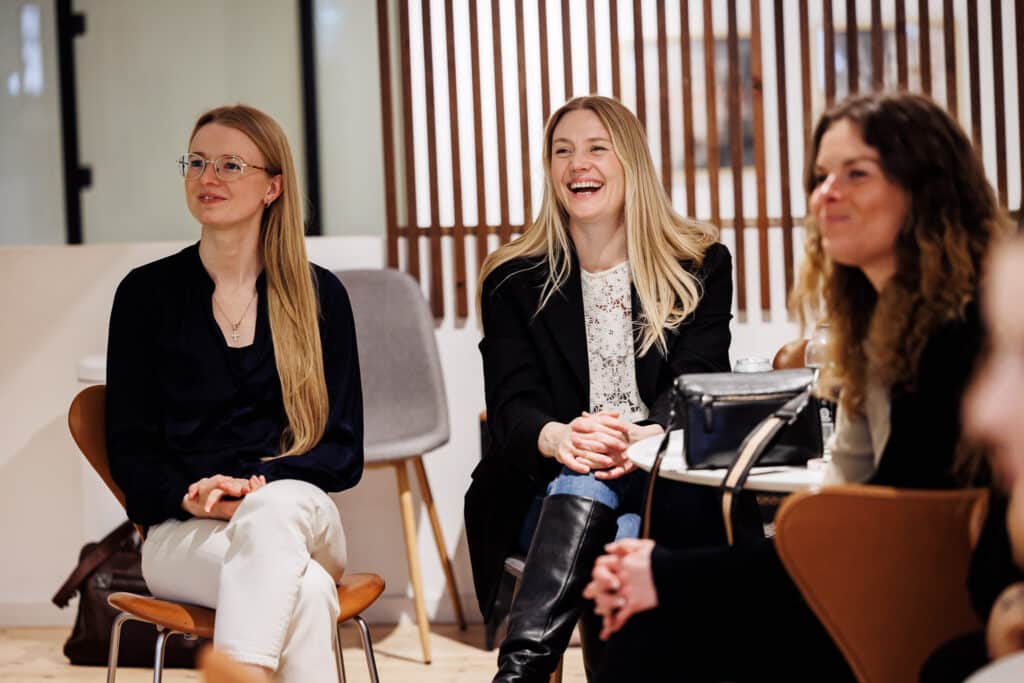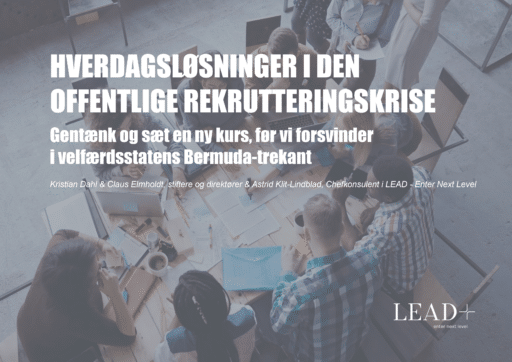Once your selected candidate has accepted the job offer, it's time for the final step in the recruitment process: onboarding. Onboarding covers all the practical, personal and relational activities that take place from the employee's first day on the job onwards.
Onboarding ensures that the new employee gets off to a good start and stays in their new job. That's why it's crucial that you have a structured onboarding process in place when your new employee accepts the position.
In this article, we'll explore the concept of onboarding and what it takes to create a great onboarding experience for your new employee. We'll go through all stages of onboarding - before and during the first day of work, after the first 30 days and after the first 90 days.
Before the first day of work
There are two aspects of preparation before the first day of work: the practical and the social.
The practical
Before the employee's first day on the job, you need to prepare internally. In practical terms, this means going through a checklist of things you need to get ready before the start.
This checklist typically includes items such as:
- Prepare office space (desk, staff cabinet, shelving, etc.)
- Prepare your computer, phone, etc.
- Create email address, phone number, personal logins, etc.
- Arrange training with internal knowledge workers
- Designate a buddy (i.e. a specific employee who will play a key social role in onboarding the new employee)
- Send welcome letter/email approx. one week before startup
The social
Before the onboarding process begins, you need to go through preboarding. Preboarding is a term that covers all the activity during the recruitment process that happens between the time the employee signs the contract and their first day of work.
In the preboarding phase, it's important that you build a good relationship with the new employee and maintain their motivation to start their new job. That's why it's good to make a good impression even before the first day of work.
For example, you could invite the new employee to a tour of the workplace, lunch with the department or to attend the next Friday bar - even if they haven't started yet. This way, you can keep the employee "warm" in the time between the job interview and their first day at work.
The first day on the job: How to welcome your new employee
There's a lot you can do to ensure your new employee has a good impression of their new workplace. Here's a list of important things you should do to welcome your new employee:
- Place flowers or another small welcome gift on the new employee's desk
- Have breakfast with your department or team
- Show the new employee around the workplace
- Give the employee a brief introduction to the workplace's history, goals and vision
- Introduce the employee to their buddy (if you use this scheme)
- Have small, concrete tasks ready for the new employee
Last but not least, pay attention to the employee's energy level. Avoid overwhelming the new employee with information on the first day. Spread the boring, text-heavy information over several days so the new employee has more time to listen and learn.
However, the amount of new information on the first day can still be overwhelming. You may have planned activities and tasks for an entire workday, but if the employee has too much to deal with at once, it can quickly become difficult for them to actually absorb all the knowledge they're given.
Therefore, it can be a good idea to let the new employee off work an hour or two early so that they are fresh and ready to learn again the next day.
The first 30 days
The first 30 days is the period where the employee gets a sense of what it's really like to be in the workplace. That's why it's important to set aside time to talk to the new employee and discuss the many experiences, observations and considerations they've had during their first 30 days in the workplace.
The employee's line manager should call the employee in for a meeting to review how the first 30 days have gone. During the meeting, it's a good idea to ask about the following topics:
- How do you feel about the workplace culture?
- How is the collaboration in your team and department? Do you feel like you are well connected in the right networks?
- Do you feel any doubts about rules and processes in your company?
- Do you feel that you have the right skills and that you are well equipped to solve your tasks independently?
Remember to praise the employee for everything that's gone well and talk about what you're looking forward to working on next.
The first 90 days
The first 90 days are crucial to the success of the collaboration and whether the employee will stay with the company. Therefore, once the employee has completed their first 90 days in the workplace, it's important to hold a three-month review where the employee and their line manager can align expectations and share both positive and constructive feedback.
Among other things, you should talk about:
- The complexity of the tasks
- The number of tasks and amount of work
- The quality of the employee's deliverables
- Independence in the task solution
As with the first 30 days, it's important to focus on culture, collaboration, rules, processes and skills. After 90 days, your new employee will likely have built up a relatively good sense of these focus areas. If there's still something the employee feels unsure about, it's important to address it now.
Want to join LEAD at the Attractive Workplace conference?
The conference begins with a presentation that presents the holistic model for the attractive workplace. It also explains why the holistic model for the attractive workplace cannot stand alone, but must be complemented by a focus on the 'innovative workplace' that adapts the organization to a future with rising expectations and fewer employees. Next, we take an in-depth look at selected factors in the holistic model of the attractive workplace and the innovative workplace.





